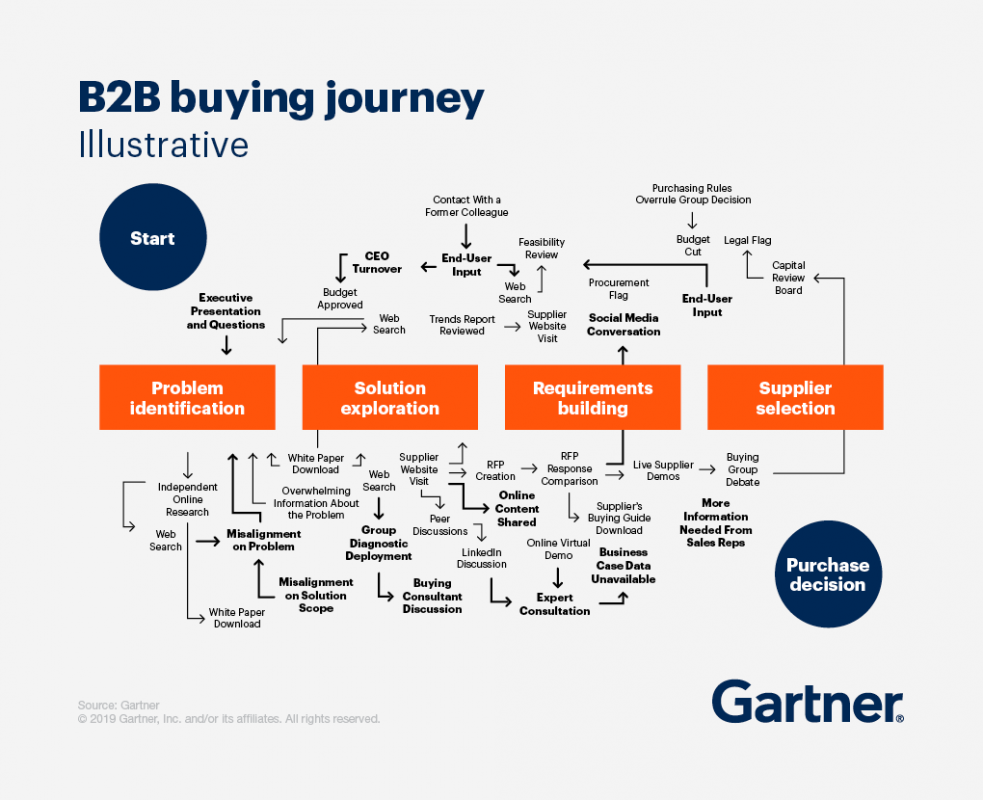In 2008 (12 years ago), with an update in 2013 (seven years ago), Mike Volpe, then the CMO of HubSpot, wrote, “The fundamental reason email open rate metrics are unreliable is that the metric relies on a tiny image in the email being downloaded by the person reading the email. When this image is downloaded from the web into the person’s email reader, the software counts that email as being read. This is the only way that anyone has been able to figure out how to track if someone opens an email, and all email marketing systems use this method.” He then notes that virtually all email clients block images by default. Ergo, it’s not reliable.
Remember: this is the CMO of a company that sells email marketing software talking.
Digital marketers have known this for years. Many, many, many in the industry have written about it.
But the bright side is that if an email is only counted as opened if someone downloads images, “this has the implication that almost always the open rate that the system records is lower (sometimes far lower) than reality. In short, the number of people who open your message is usually greater than the people who download images and thus trigger an ‘open’ read.”
I asked a leading digital marketer, who works with dozens if not hundreds of major B2B accounts, about this and he wrote, “Big can of worms… Open w/o images became the default in email tools a few years back. That destroyed open rates as a valuable funnel measure. Email security servers also open lots of emails to check the images and links for viruses, etc. To get any value from opens, you need to eliminate the opens that happen quickly after sent/delivered. Same for clicks.”
This unreliability may explain why “benchmark” reports show wildly different open rates. For example, HubSpot consistently reports open rates (around 20%) that are about 50% higher than Constant Contact (often in the low teens).

The HubSpot Sales tool for tracking emails often reports absurd numbers of opens and clicks.
If they know that this metric is unreliable, why do email and martech platforms report it at all? It’s helpful in understanding which topics and Subject lines are more successful.
I think that clicks are more reliable, but that may be my fantasy. This email marketing company goes into great detail to explain why both opens and clicks have become unreliable.
Personally I am comfortable with ambiguity and resigned myself to this long ago, but I know that others who want/expect hard data and one-to-one results – people with perhaps more of an engineering personality than a marketing one — won’t be happy with it.

This Gartner’s B2B buyer’s journey graphic perfectly illustrates the challenge and why omni-channel marketing is so important. Several people are typically involved in the B2B buying decision and they may come in and/or be influenced in many different ways over many months.
Continue with that omni-channel approach and you will get leads and sales from the long tail. When you least expect it a lead will drop in and close quickly. Your long tail may produce more qualified leads than your targeted segments.
What is measurable is what really matters: conversations that lead to opportunities and deals.
